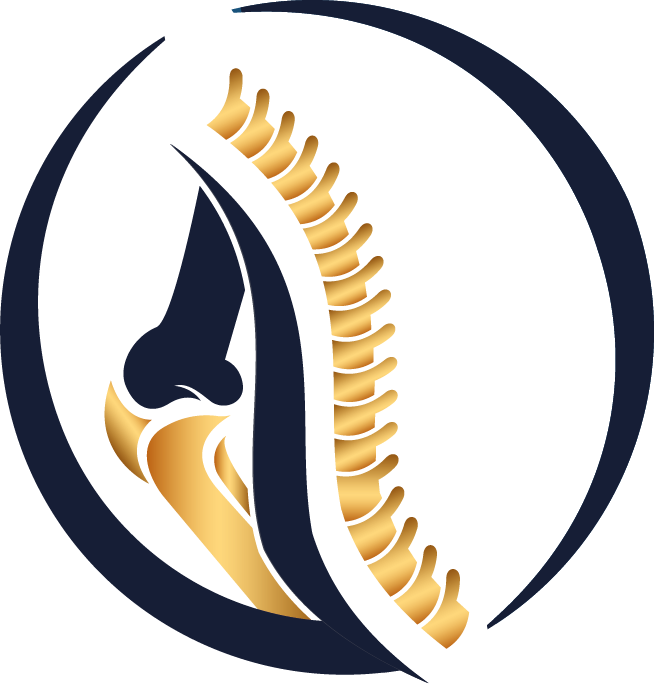Shoulder Replacement: When Is Surgery Needed and Which Type Is Right?
Shoulder replacement is considered when long-standing pain and clear loss of motion are confirmed by imaging to be due to advanced joint damage. The decision between anatomic and reverse shoulder replacement is personalized, based on the rotator cuff, bone shape, age, activity level, and goals.
What is shoulder replacement?
When the joint surfaces are badly worn or damaged, they can be renewed with smooth metal and durable plastic components. The goals are to relieve pain and bring back everyday function such as washing hair, dressing, or reaching shelves.
Rotator cuff: a group of small muscles and tendons that rotate and stabilize the shoulder. Deltoid: the main lifting muscle on the outside of the shoulder. Glenoid: the “socket” part of the joint.
When is it considered?
- Pain that wakes you at night or persists at rest
- Daily activities are difficult: lifting the arm overhead, putting on a jacket
- Imaging evidence: X-ray/CT shows advanced arthritis, joint space loss, or bone deformity
- Non-surgical care no longer helps: medication, physical therapy, exercises, injections
- Fractures: especially 3–4-part proximal humerus fractures in adults over 60 with lasting pain and loss of function
Note: Active infection, severe nerve problems, or poor deltoid function may delay surgery or change the plan.
Which type is right?
1) Anatomic total shoulder replacement (aTSA)
Best candidates: Patients with an intact rotator cuff, most often with primary osteoarthritis.
Pros: Mimics natural motion; many patients regain stronger external rotation (turning the arm outward).
Considerations: If the socket bone is deformed or worn, special components (augments) may be needed.
2) Reverse shoulder replacement (rTSA)
Best candidates: Large/irreparable rotator cuff tears with arthritis, complex fractures in older age, or failed prior surgery (revision).
Pros: Uses the deltoid as a “built-in lever,” often restoring the ability to lift the arm overhead.
Considerations: Proper implant position matters; otherwise problems like “scapular notching” (bone wear) can occur.
3) Hemiarthroplasty (partial replacement)
Best candidates: Selected situations (e.g., younger patients with focal damage limited to the ball of the joint).
Note: For older patients with multi-fragment fractures, reverse replacement generally delivers more reliable outcomes today.
Simple decision guide
- Is the rotator cuff intact? Yes → usually anatomic. No/large tear → usually reverse.
- Older adult with a complex multi-fragment fracture? Yes → often reverse.
- Significant socket bone deformity/loss? Yes → special components and either anatomic or reverse, based on imaging.
- Failed prior surgery? Yes → reverse is commonly preferred.
Surgery & recovery
- Time & stay: Many centers: 1–2 hours of surgery; 1–2 nights in hospital.
- Sling: Around 3–4 weeks (varies with reverse/anatomic and your plan).
- Physiotherapy: Early passive motion, then active exercises; by about 3 months most daily tasks feel easier.
- Full recovery: Typically 6–12 months.
- Implant longevity: With good technique and care, many implants last 15+ years.
Possible risks (brief)
Infection, dislocation, blood vessel/nerve injury, bone wear/loosening, or stiffness (“frozen shoulder”). Your surgeon will review your individual risks during consultation.
FAQ
How much will I be able to raise my arm after surgery?
Reverse replacement often improves overhead lifting; anatomic replacement usually restores stronger outward rotation. Individual results vary.
Do I need an MRI?
An MRI or ultrasound helps assess the rotator cuff. CT scans are commonly used to understand bone shape and plan the implant.
Can I play sports?
Most patients return to low-impact activities such as swimming, walking, or stationary cycling. Contact sports and heavy lifting are considered case-by-case.
Disclaimer: This content is for general education only. Diagnosis and treatment decisions require an in-person evaluation and imaging by a qualified specialist.
 Türkçe
Türkçe
 Arabic
Arabic
